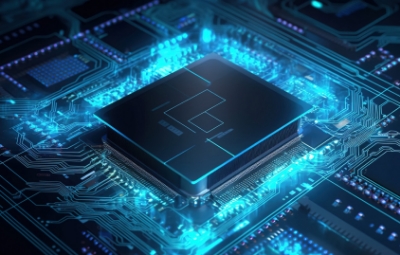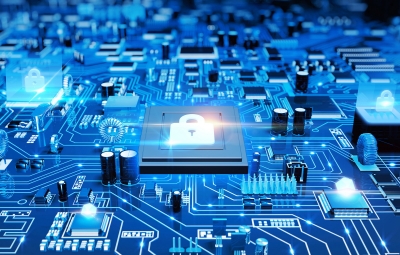preface
Smart locker, item storage cabinet, is the upgrade of the traditional key cabinet products, smart locker with the employee card mode, the enterprise all staff lockers for networking centralized management. Employees can open the locker door and access items by simply brushing their badges, fingerprint or face recognition. Make it easy for businesses to manage the item access needs of large numbers of employees.


1. System architecture diagram

The ID card employee locker control board shall implement the following functions
(1) Memory card function. Store employee ID cards in the onboard EEPROM.
(2) Delete the card function. Remove employee ID card from onboard EEPROM.
(3) Clear all card functions. Remove all employee ID card numbers from EEPROM.
(4) Swipe card opening function. The employee swipes the ID card, the system gets the card number, and compares it with the data in EEPROM. If the ratio is correct, open the cabinet door with the corresponding serial number. If you don't win, you don't open the door.
(5) RS232/RS485 communication function. This function is reserved for connecting to the upper computer in the future for more convenient operation.
2. Hardware part description

Rf card reader circuit
The T/C2 of the AVR single chip microcomputer (the system uses STM32) works in CTC mode to generate the standard 125 kHz carrier signal, which is sent to the push-pull connected triode power amplifier circuit after the current limiting resistor R1, and the amplified carrier signal is transmitted through the antenna. Antenna L1 and capacitor C1 form a series resonant circuit with a resonant frequency of 125 kHz. The role of the resonant circuit is to obtain the maximum current on the antenna, thus generating the maximum magnetic flux and obtaining a larger card reading distance.
② is the detection circuit, which is used to remove the 125 kHz carrier signal and restore the useful data signal. R2, D1, R3, C2 constitute the basic envelope detection circuit, C3 is the coupling capacitor, R4, C4 is the low-pass filter circuit, D2, D3 is the protection diode, and the output is connected to the filter amplifier circuit.
(3) is the filtering and amplifying circuit. The filtering and amplifying circuit adopts integrated operational amplifier LM358 to filter and amplify the signal after detection. The amplified signal is sent to the input capture pin ICPl of timing/counter T1 of the MCU, and the received signal is decoded by the MCU to obtain the card number of the ID card.

The STM32F103xx medium capacity high performance series integrates a high performance Arm Cortex-M3 32-bit RISC core operating at 72 MHz, high-speed embedded memory (up to 128 KB Flash memory and 20 KB SRAM memory), And a large number of enhanced I/O and peripherals connected to 2 APB buses. All devices offer 2 12-bit ADCs, 3 16-bit universal timers, 2 PWM timers, and standard and advanced communication interfaces: up to 2 I2C and SPI, 3 USART, 1 USB, and 1 CAN.

The XBLW 78M05 and XBLW AMS1117-3.3 provide the system with a stable power supply for each chip. The XBLW 78M05 has an input voltage range of 7V to 30V, which can adapt to a variety of input voltage requirements in different application scenarios. This feature makes the 78M05 have a wide range of applications in power management circuits, whether in low-voltage or high-voltage equipment, can work stably. The XBLW AMS1117 chip is a low-voltage differential linear regulator that delivers a steady input voltage of 3.3V DC. The main features of the chip include low voltage difference, high precision, low static current, overload protection, etc. It is a widely used regulator.

XBLW 24C64 is used to store ID card identity information in the scheme, and MCU deletes it through instructions.


The locker lock control board is equipped with RS232 and RS485 interfaces, which are connected to the upper computer to facilitate the server to view information in the background.
Three, the main material list

Fourth, the lower computer program

Five, the application scenario

1. Traffic stations. Due to the dense flow of people, large flow and long waiting time, more goods storage needs will be born at traffic stations. Railway stations, bus stations, airports, docks, etc., are the necessary scenes for intelligent lockers;
2. Enterprises and institutions. Enterprises and institutions also have staff or office staff items storage needs, especially some need to queue up for business places, such as office halls, payment halls, etc. Therefore, scientific research institutions, hospitals, libraries, etc., are also the main places for intelligent lockers;
3. Entertainment venues. Some entertainment places such as gymnasiums, gyms, water parks, etc., also have customer items storage needs;
4. Shopping malls and supermarkets. Shopping malls, supermarkets and other places also need to provide customers with storage space for personal belongings and goods;
Recommend News
-
Phone
400-9682 003



